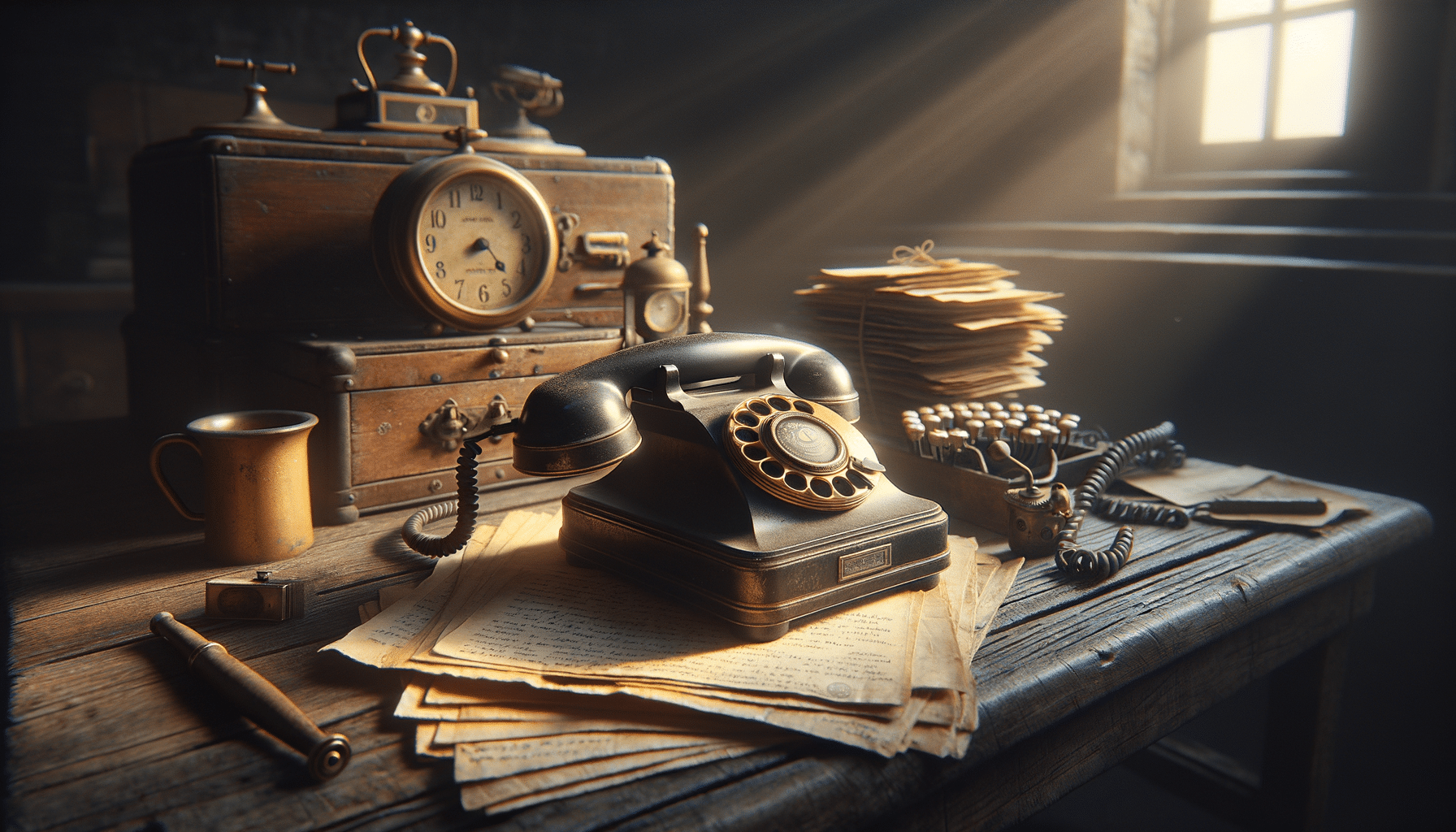
Introduction to Old Phones: A comprehensive guide
The Evolution of Old Phones
The journey of old phones is a fascinating tale of technological evolution. From the bulky, rotary dial telephones of the early 20th century to the sleek, portable devices of the late 1990s, each era brought innovations that transformed communication. The rotary phone, with its distinct clicking sound, was a staple in households for decades. It was not just a communication tool but a piece of furniture that symbolized connection in a rapidly modernizing world.
As the years progressed, the introduction of push-button phones marked a significant shift. These devices offered faster dialing and began incorporating features like speed dial and redial, which were revolutionary at the time. The transition from rotary to push-button was not just about convenience; it represented a step towards the digital future.
In the late 20th century, mobile phones began to emerge, albeit in their most rudimentary forms. These early mobile devices were large and cumbersome, often requiring a briefcase to carry. Yet, they symbolized freedom and the promise of mobility, setting the stage for the mobile revolution that would follow. Each of these stages in phone development highlights the relentless pursuit of innovation and the ever-evolving nature of technology.
Technological Advancements in Old Phones
The technological advancements in old phones set the groundwork for modern communication. One of the most significant developments was the transition from analog to digital technology. Analog phones, while effective, were limited by quality and range. The move to digital technology improved sound clarity and allowed for the introduction of additional features such as caller ID and call waiting.
Another notable advancement was the integration of wireless technology. Cordless phones, which gained popularity in the 1980s, offered users the freedom to move around while talking. This innovation was a precursor to the mobile phones we use today, highlighting the importance of wireless technology in communication.
Moreover, the introduction of answering machines revolutionized the way people communicated. No longer did individuals have to worry about missing important calls. The ability to record messages provided a new level of convenience and flexibility. These technological strides not only enhanced the user experience but also paved the way for the sophisticated devices we rely on today.
The Cultural Impact of Old Phones
Old phones played a crucial role in shaping social interactions and cultural norms. In the days of rotary phones, families often gathered around the device to make calls, turning it into a communal activity. This shared experience fostered a sense of togetherness and community.
As phones evolved, so did their cultural significance. The introduction of portable phones in cars, for example, was a status symbol in the 1980s and 1990s. Owning a car phone was often associated with success and modernity. This cultural shift was further amplified by the portrayal of mobile phones in movies and television, where they were depicted as essential tools for business and personal success.
Additionally, old phones influenced language and communication styles. The brevity of phone conversations, driven by the cost of long-distance calls, led to the development of concise speech patterns and the use of abbreviations. These cultural impacts highlight how deeply intertwined communication technology is with societal evolution.
Collecting and Preserving Old Phones
For many enthusiasts, collecting old phones is not just a hobby but a passion. These devices are seen as artifacts of technological history, each with its own story to tell. Collectors often seek out rare models, such as the first mobile phones or early rotary models, to showcase the evolution of communication technology.
Preserving old phones involves understanding their historical context and maintaining their physical condition. Collectors often face challenges such as finding replacement parts or restoring the original functionality of the phones. However, these efforts are rewarded with a tangible connection to the past and an appreciation for the craftsmanship of early phone designs.
Moreover, old phones are frequently displayed in museums and exhibitions, where they serve as educational tools. These displays help younger generations understand the technological leaps that have occurred over the decades, bridging the gap between past and present communication methods.
The Future of Old Phone Technology
While old phones may seem obsolete in today’s fast-paced digital world, they continue to influence modern technology. The simplicity and durability of older models are often cited as inspirations for current designs. In an era where sustainability is becoming increasingly important, the long-lasting nature of old phones offers valuable lessons.
Furthermore, the aesthetic appeal of vintage phones has led to a resurgence in retro designs. Many modern manufacturers are incorporating elements of old phone styles into their products, blending nostalgia with contemporary technology. This trend reflects a growing appreciation for the design and functionality of earlier devices.
As technology continues to advance, the legacy of old phones remains relevant. They remind us of our technological journey and inspire future innovations. By understanding and appreciating the history of old phones, we can better navigate the future of communication technology.


